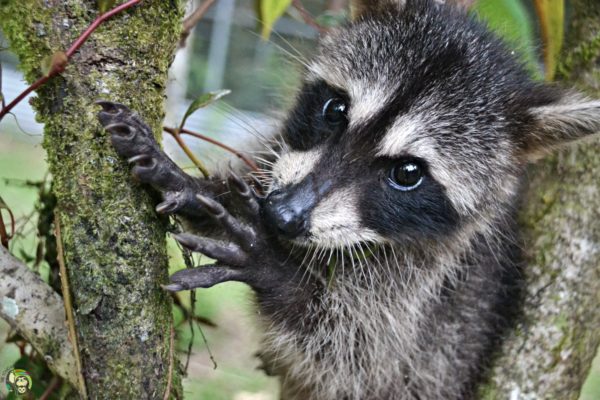The Blog
-
Poor Baby Trash Panda Found with No Mama In Sight
Posted on August 4, 2021Everyone, please give a warm welcome to our newest campaign baby, Rocket. Just like his friend Groot, Rocket is currently residing at our Release Site, and his story is a sort of a mystery. All we know is that Rocket was found alone, without a nest or a mom, by a local in the Guapiles area – Costa Rica – and he was then brought to us.
-
The Best Things to do When Visiting Costa Rica from a Costa Rican herself!
Posted on July 26, 2021As a native Costa Rican, I can tell you my home country offers natural beauty beyond comparison – and outside activities are the #1 reason you should visit. In spite of its small size, Costa Rica has never been afraid to take on big challenges when it comes to preserving nature. In fact, more than 28% of our land is dedicated to national parks, reserves, and wildlife refuges and has topped the polls when it comes to ecological footprint since 99% of our energy is renewable. In addition, Costa Rica has been proclaimed as one of the happiest countries in the world, and here’s why:
-
The Sloth becomes a National Symbol of Costa Rica
Posted on July 14, 2021The Sloth Becomes a National Symbol of Costa Rica: Did you hear?! This July, the Costa Rican government has announced that both the two-fingered and three-fingered sloths are now national symbols, and as a wildlife rescue center that specializes in sloths, we couldn’t be more excited!
-
Toucan Rescue Ranch Wins 2021 Tripadvisor Travelers’ Choice Award for Ranch Experience and Educational Tours
Posted on July 12, 2021Heredia, Costa Rica – July 12, 2021 – Toucan Rescue Ranch today announced it has been recognized as a 2021 Travelers’ Choice award winner for hotels and tours. This achievement celebrates businesses that consistently deliver fantastic experiences to travelers around the globe, having earned great traveler reviews on Tripadvisor over the last 12 months. As challenging as the past year was, Toucan Rescue Ranch stood out by continuously delighting travelers here in Costa Rica and virtually.
-
Toucan Rescue Ranch Receives Global SafeTravels Stamp to Recognize Safe Travels Protocols
Posted on July 5, 2021Toucan Rescue Ranch is a part of a special certification process called the Safety Travel Stamp. the World Travel & Tourism Council known as WTTC works alongside members, governments, health experts, and other industry associations that are working together to achieve effective recovery protocols by developing meaningful action plans that optimize sector-wide recovery efforts.
-
10 tips and tricks to power up your nonprofit’s social media strategy from a conservation media expert!
Posted on June 28, 2021Are you looking for the right approach for your conservation project? And the best way to engage with like-minded people who believe in your cause? Getting the most of social media to have a successful non-profit? You’ve come to the right place!







